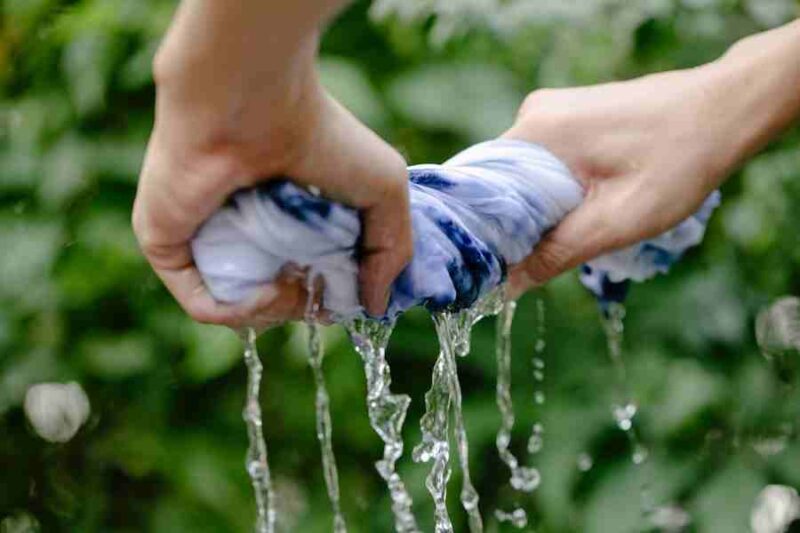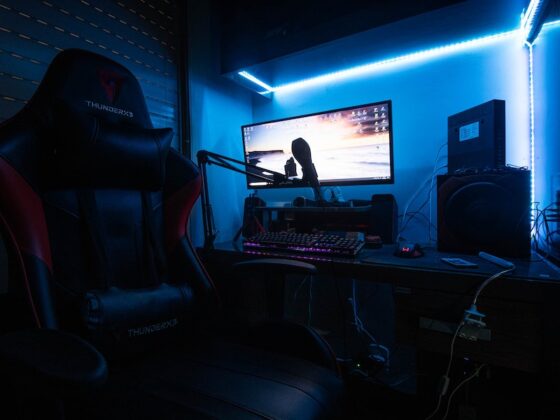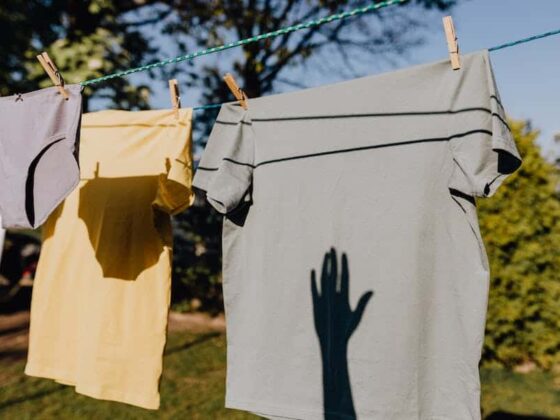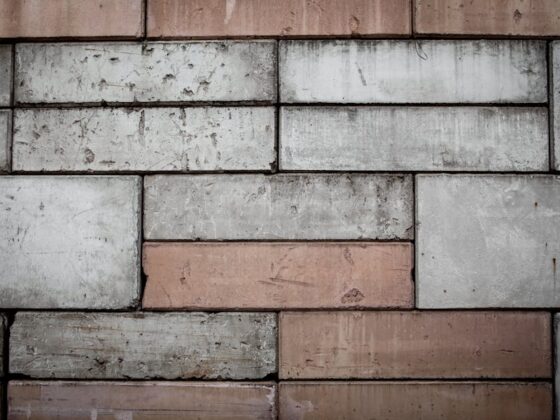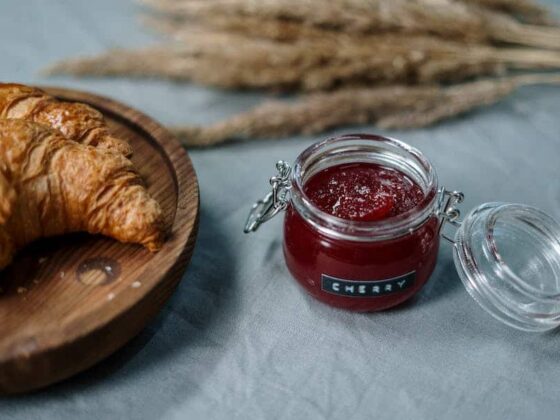In today’s world, where hygiene and cleanliness have become paramount concerns, finding effective solutions to inhibit microbial growth is crucial. One such solution is Microban, a popular antimicrobial agent. While it is widely used in various applications, there is a growing curiosity about its compatibility with fabric surfaces. Can you use Microban on fabric? This article delves into the topic to provide a comprehensive understanding of Microban and its potential use on fabric. By exploring the benefits, application methods, and safety considerations, we aim to shed light on whether Microban is a suitable choice for keeping fabric surfaces clean, fresh, and free from harmful microbes.
Can You Use Microban On Fabric?
Yes, Microban can be used on fabric surfaces. It is an effective antimicrobial agent that inhibits microbial growth and helps maintain cleanliness. By applying Microban on fabric, you can prevent the growth of harmful microbes, reduce odor, and extend the lifespan of fabric items. However, it is important to consider compatibility with different fabric types and follow proper application methods and safety precautions for optimal results.
How To Use Microban On Fabric?
- Prepare the fabric: Start by ensuring that the fabric is clean and free from any dirt or debris. If needed, wash the fabric according to the manufacturer’s instructions and allow it to dry completely before proceeding.
- Choose the application method: There are different methods you can use to apply Microban on fabric. The most common ones include spray application, soaking or washing with Microban-infused solutions, or utilizing Microban-treated fabric during the manufacturing process.
- Spray application: If you opt for spray application, make sure to follow the instructions provided on the Microban product label. Hold the spray bottle at a distance and evenly spray the fabric surface, ensuring complete coverage. Allow the fabric to air dry after application.
- Soaking or washing: If using a Microban-infused solution, prepare the solution according to the recommended concentration. Fill a basin or sink with the solution and immerse the fabric, making sure it is fully submerged. Allow the fabric to soak for the recommended duration, then remove it and let it air dry.
- Microban-treated fabric during manufacturing: In some cases, fabric may already come treated with Microban during the manufacturing process. If so, no additional application is required. Simply follow the care instructions provided by the manufacturer to maintain the antimicrobial effectiveness.
- Safety precautions: When using Microban on fabric, it is important to take safety precautions. Ensure proper ventilation in the area where you are applying Microban and avoid inhaling the spray or solution. Wear gloves and protective eyewear if necessary, and follow the product’s safety guidelines.
- Regular maintenance: Keep in mind that the effectiveness of Microban on fabric may diminish over time. Therefore, it is recommended to regularly reapply Microban on fabric surfaces, especially in high-contact areas or after washing the fabric.
Safety Precautions When Using Microban On Fabric
When applying Microban on fabric, make sure to work in a well-ventilated area. Open windows or use fans to ensure proper air circulation. This helps to minimize the inhalation of any fumes or vapors that may be present during the application process. Proper ventilation is particularly important when using spray application methods.
Wear appropriate personal protective equipment to protect yourself during the application of Microban. Depending on the specific product and application method, this may include gloves and protective eyewear. These precautions help to prevent skin contact and eye irritation, ensuring your safety while handling the product.
Follow product safety guidelines: Always read and follow the safety guidelines provided by the Microban product. The manufacturer’s instructions will provide specific information on how to handle and apply the product safely. Pay attention to any warnings, recommended usage amounts, and precautions related to storage and disposal. Adhering to these guidelines will help minimize any potential risks associated with using Microban on fabric. By following these safety precautions, you can ensure a safe and effective application of Microban on fabric surfaces, protecting both yourself and the fabric being treated.
Limitations And Considerations
When using Microban on fabric, there are several limitations and considerations to keep in mind. These include:
- Effectiveness over time: While Microban is designed to inhibit microbial growth on fabric, its effectiveness may diminish over time. Continuous wear, washing, and exposure to environmental factors can gradually reduce the antimicrobial properties of Microban-treated fabric. Regular reapplication or retreatment may be necessary to maintain its efficacy.
- Impact on fabric quality: Microban may have an impact on the quality and performance of the fabric. Some fabrics may experience discoloration, stiffness, or changes in texture after Microban application. It is important to consider the fabric type and consult the fabric manufacturer’s recommendations to ensure compatibility and avoid potential damage.
- Compatibility with delicate fabrics: Delicate fabrics, such as silk or lace, may be more sensitive to Microban. These fabrics require special care and attention when applying antimicrobial agents. It is advisable to conduct a patch test on a small, inconspicuous area of the fabric before treating the entire item to assess any potential adverse effects.
- Regular maintenance and reapplication: Microban-treated fabric may require regular maintenance to retain its antimicrobial effectiveness. This may include proper cleaning, avoiding harsh chemicals that can degrade Microban and periodic reapplication of the antimicrobial treatment. Follow the fabric and Microban product instructions for recommended maintenance practices.
- Consideration of alternatives: While Microban is a popular choice for fabric antimicrobial treatment, it is worth considering alternative options. Natural antimicrobial agents or alternative fabric cleaning and disinfection methods may provide viable alternatives, especially for individuals with sensitivities or concerns about chemical treatments.
Taking these limitations and considerations into account will help you make informed decisions when using Microban on fabric. It is important to weigh the benefits against potential drawbacks and choose the most suitable approach for your specific fabric type and intended use.
Alternatives To Microban For Fabric
While Microban is a widely used antimicrobial agent for fabric, there are alternative options available for fabric hygiene and cleanliness. Here are some alternatives to consider:
- Natural antimicrobial agents: Several natural substances possess antimicrobial properties that can be used on fabric. For example, essential oils like tea tree oil, lavender oil, and eucalyptus oil have natural antimicrobial properties. These oils can be diluted in water and used as a spray or added to laundry during the washing process. Vinegar, with its acidic properties, can also help inhibit microbial growth on fabric.
- Silver-based treatments: Silver has long been known for its antimicrobial properties. Fabrics treated with silver nanoparticles or silver-based coatings can provide antimicrobial benefits. Silver ions can disrupt the growth of microbes on the fabric surface. Silver-treated fabrics are commonly used in medical textiles and sportswear due to their odor-reducing and antimicrobial properties.
- UV light disinfection: Ultraviolet (UV) light has germicidal properties and can be used to disinfect fabric surfaces. UV light devices designed for fabric disinfection can be used to expose fabrics to UV rays, effectively killing bacteria, viruses, and other microorganisms. This method is commonly used in commercial settings but is also available in smaller devices for home use.
- Fabric laundering: Proper laundering techniques can help maintain fabric cleanliness. Washing fabrics with hot water and using laundry detergents that contain disinfecting agents can effectively remove bacteria and other microbes. Adding a disinfectant boost or laundry sanitizers to the wash cycle can enhance the antimicrobial effect.
- Physical barriers: Using physical barriers, such as fabric covers or protective layers, can minimize direct contact between microbes and the fabric. For example, mattress protectors, pillow covers, and fabric encasements can create a barrier against microbes, preventing them from coming into direct contact with the fabric surface.
It’s important to consider the specific needs and requirements of your fabric and choose an alternative that aligns with your preferences and concerns. Each alternative may have its own advantages and limitations, so research and follow the recommended guidelines for optimal results.
Conclusion
In conclusion, Microban can be effectively used on fabric surfaces to inhibit microbial growth and maintain cleanliness. By applying Microban on fabric, you can prevent the growth of harmful microbes, reduce odor, and extend the lifespan of fabric items. However, it is crucial to consider fabric compatibility, the potential impact on fabric quality, and regular reapplication for optimal results. Additionally, alternative options such as natural antimicrobial agents, silver-based treatments, UV light disinfection, fabric laundering, and physical barriers provide viable alternatives to Microban. Ultimately, the choice of fabric antimicrobial treatment should be based on the specific fabric type, intended use, and individual preferences. Striving for fabric hygiene and cleanliness is essential for a healthy and comfortable environment.
FAQ’s
Is Microban Safe To Use On All Types Of Fabric?
Microban is generally safe to use on most fabric types. However, it is important to check the fabric manufacturer’s recommendations and perform a patch test on a small, inconspicuous area before treating the entire fabric item. Delicate fabrics may require special care and consideration.
Does Microban Provide Long-Lasting Antimicrobial Protection On Fabric?
While Microban provides initial antimicrobial protection, its effectiveness may diminish over time due to wear, washing, and exposure to environmental factors. Regular reapplication or retreatment may be necessary to maintain its efficacy.
Can Microban-Treated Fabric Be Washed Or Cleaned?
Microban-treated fabric can be washed or cleaned following the fabric manufacturer’s guidelines. It is advisable to use mild detergents and avoid harsh chemicals that may degrade the Microban treatment. Regular laundering helps maintain fabric cleanliness and may enhance the longevity of the antimicrobial effect.
Does Microban Have Any Impact On Fabric Color Or Texture?
Microban may have some impact on fabric color, especially in light-colored or delicate fabrics. It is recommended to perform a patch test to assess any potential color changes or adverse effects. Additionally, certain fabrics may experience changes in texture or stiffness after Microban application.
Can I Use Microban On Fabric Items That Come Into Direct Contact With The Skin?
Microban is generally considered safe for fabrics that come into direct contact with the skin. However, it is important to follow the product’s safety guidelines and consider individual sensitivities. If you have specific concerns, it is advisable to consult a healthcare professional or fabric manufacturer for further guidance.
